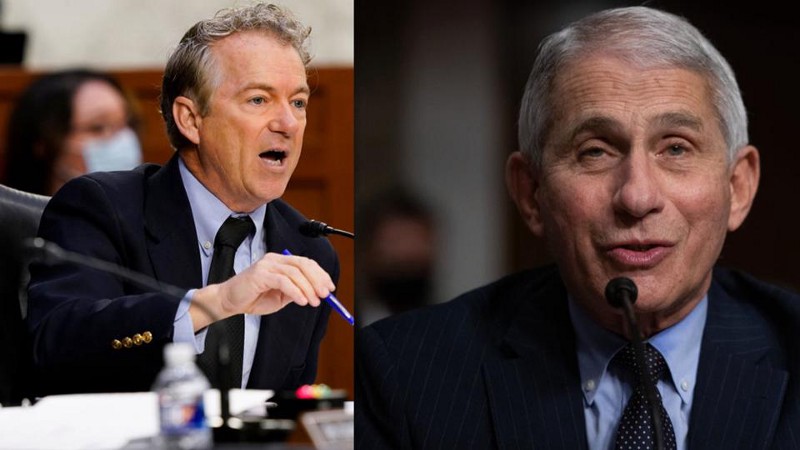2008 NSF Science Indicators Focuses on Framing & Sci Comm
The National Science Foundation has released a PDF version of the 2008 edition of Science Indicators. Every two years, Chapter 7 of the report reviews the latest research tracking public opinion about science and technology.
Over the coming weeks, I will be posting regularly about key implications of the chapter. In the meantime though, I strongly recommend downloading and printing out the chapter which offers a wonderfully detailed look at the cultural authority of science in America.
I also want to point readers to page 10 of the PDF that features a side bar on media effects and science. The side bar reviews research I have conducted, along with that of my colleague Dietram Scheufele, in the areas of agenda-setting and framing. The side bar then closes with a focus on the argument that I put forward at Science with Chris Mooney and that Scheufele and I elaborated upon in the October cover article at The Scientist.
Here’s how the side bar concludes:
Recent research in communications has stressed the role of the mass media in shaping the agenda for public debate and political action (agenda-setting) and the terms in which the public sees the issue (framing) (Scheufele and Tewksbury 2007). Agenda-setting works largely through making a topic more salient and accessible to memory by frequent or more prominent mention of it, thereby increasing the public’s sense that the topic is important. Framing refers to ways that mass media construct stories to make a topic comprehensible and relevant to the public. Frames stress some aspects of a topic and minimize others. Some kind of framing is necessary to reduce complexity and provide a focus to make sense of what would otherwise be undigested facts. Interested parties vie to get the mass media to present topics in their preferred frames.
Research on how S&T are discussed in the mass media has identified competing frames that have been used to present contested issues (Gamson and Modigliani 1989; Nisbet and Lewenstein 2002). Recognizing that most members of the public pay limited attention to S&T information, some researchers have argued that representatives of the scientific community need to do more to influence how mass media frame issues (Nisbet and Mooney 2007; Scheufele 2006). In their view, when it comes to influencing public opinion, influencing the frames through which the public processes and understands science-related issues may be more important than increasing the scientific technical content of news coverage.




